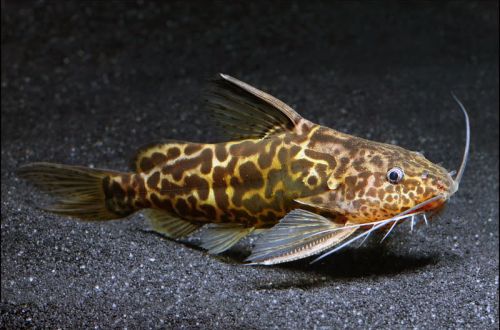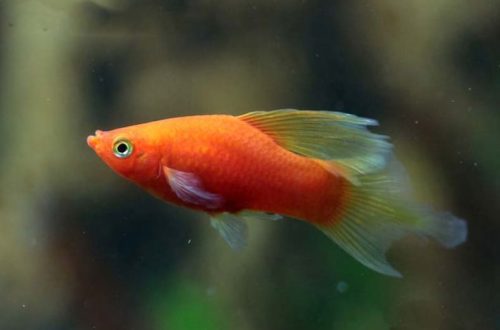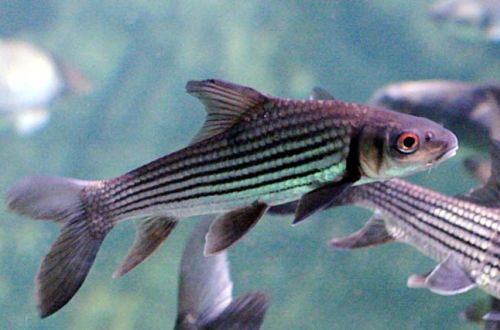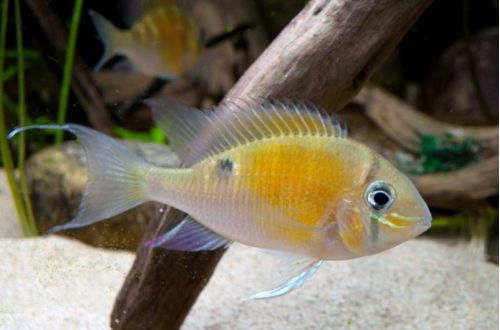
Cupid Cichlid
Biotodoma Cupid or Cichlid Cupid, scientific name Biotodoma cupido, belongs to the Cichlidae family. A beautiful peace-loving fish that can decorate almost any freshwater aquarium. Relatively easy to keep and breed. It will not cause problems for an experienced aquarist, and a beginner may face some difficulties.

Contents
Habitat
It comes from South America from the vast Amazon basin. Fish are found in various biotopes, many of which are subject to significant seasonal changes: fluctuations in water levels, turbidity, and chemical composition.
Brief information:
- The volume of the aquarium – from 300 liters.
- Temperature – 20-30°C
- Value pH — 5.0–7.0
- Water hardness – 1–5 dGH
- Substrate type – sandy
- Lighting – subdued
- Brackish water – no
- Water movement is weak
- The size of the fish is 14–17 cm.
- Meals – any
- Temperament – peaceful
- Content in a group of at least 5–8 individuals
Description
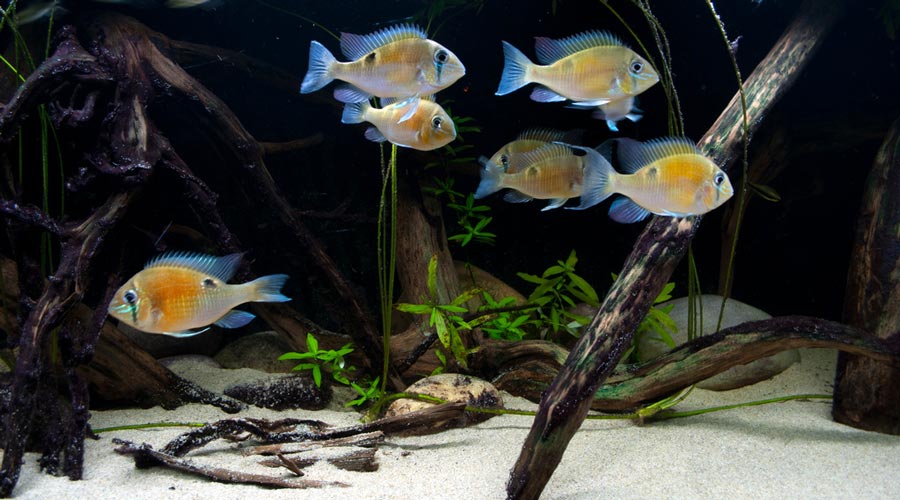
Adult individuals reach a length of up to 10 cm. Sexual dimorphism is weakly expressed. Males and females do not have pronounced differences. The front part of the body is orange, the back and back, together with the fins, are blue. There are turquoise markings on the head under the eyes. There is a large dark dot on the body closer to the end of the dorsal fin.
Depending on the specific region of origin, the color may vary slightly. In view of such a huge natural habitat, it is believed that several closely related species are hidden under one name. But at the time of writing, the official division of this type of cichlid into new species has not occurred.
Food
Omnivorous species, accepts most of the food popular in the aquarium hobby. The quality of food directly affects the physical condition of the fish and its color, so it is advisable to choose food from trusted manufacturers. The daily diet should contain protein and vegetable components. Feed small meals 3-4 times a day.
Maintenance and care, arrangement of the aquarium
The optimal size of the aquarium for a group of 5-8 fish starts from 300 liters. The design uses the same materials that are found in their natural habitat: a sandy substrate, numerous snags and a few aquatic shade-loving plants (optional). The lighting is subdued.
Cichlid Cupid needs slightly acidic water with low carbonate hardness and is extremely susceptible to any sharp fluctuations in hydrochemical parameters and temperatures. Achieving stable water conditions is ensured by a productive filtration system and regular maintenance of the aquarium. The latter usually include weekly replacement of part of the water with fresh water, removal of organic waste, preventive maintenance of equipment, control over the concentrations of nitrogen cycle products.
Behavior and Compatibility
A peaceful calm fish, except during spawning periods, when Cupid Cichlids become not too friendly in an effort to protect their offspring. Compatible with many other non-aggressive fish of comparable size.
Intraspecific relationships have a clear hierarchy, where the dominant position is occupied by alpha males. It is recommended to maintain a group size of at least 5-8 individuals. With a smaller number, weak individuals may experience attacks from stronger counterparts.
Breeding / breeding
Breeding in a home aquarium is possible, but requires some experience. Fish become sexually mature by 18-24 months. In nature, spawning occurs during the rainy season, so the stimulus for reproduction is a gradual decrease in temperature and softening of water for several days and maintaining the obtained conditions for some time.
When the cichlids are ready, they form a temporary pair and start building a nest – a deep hole in the bottom. An important point, the substrate should contain several large stones, it is them that the fish are looking for when digging a hole. The female lays several dozen eggs, attaching them with thin threads to the surface of the stone. The incubation period lasts 3-4 days, after another 5 days the fry that have appeared begin to swim freely. All this time, the female is in close proximity to the clutch, and the male “patrols” the surroundings in a diameter of 60–90 cm and drives away other fish. Both parents protect the fry for about 6 weeks after which they lose interest in them.
Fish diseases
The main cause of diseases lies in the conditions of detention, if they go beyond the permissible range, then immunity suppression inevitably occurs and the fish becomes susceptible to various infections that are inevitably present in the environment. If the first suspicions arise that the fish is sick, the first step is to check the water parameters and the presence of dangerous concentrations of nitrogen cycle products. Restoration of normal/suitable conditions often promotes healing. However, in some cases, medical treatment is indispensable. Read more about symptoms and treatments in the Aquarium Fish Diseases section.



